To keep your monstera’s foliage full and healthy, the best place to start is with your soil. Soil is often the culprit behind yellowing leaves, weak stems, droopiness and general ennui.
Here’s exactly what your monstera plant needs in its soil to survive, how to mix your own monstera soil, and the best soil for monstera plants that you can buy online.
What monstera plants need in potting soil
Monstera Deliciosa vines and aerial roots have small hairs that help them cling to tree bark, moss, and branches, where they absorb moisture from rain and water vapor in the air.
The Monstera plant has shallow roots that grow several inches into the topsoil beneath their hosts, and in the wild, much of their water is absorbed by their vines and aerial roots. Despite the fair amount of rain in Central American forests, the plant is used to well-draining topsoil.
Mimicking nature is usually the best strategy for Monstera plant care, so these factors will be the reference when planning the soil and environmental conditions for your Monstera Deliciosa:
Good drainage
Monsteras are used to topsoil in the topics, which will dry out relatively quickly from the heat, although the ground itself remains moist over the long term. You can recreate this at home by watering when the top inch or two of the potting soil is dry. The soil can be doctored with Leca or a little sand for good drainage, and terra cotta or nursery planters will prevent water from building up in the pot.
Consistent moisture
Although Monstera plants like well-draining soil, they don’t want the soil to dry out. Mixing in peat moss or perlite will help hold moisture in the soil without retaining standing water in the pot.
Monsteras like humid conditions, similar to the rainforest, and are happiest at around 50% humidity. You can use a humidifier near the plant to keep the plant moist or spray the leaves and vines with a water bottle in between waterings.
Learn more: how often to water monstera plants.
Nutrient-rich conditions
The ground roots of the Monstera plant are in the top several inches of the soil, which is the most bioactive level. The abundant organic material in the forest conditioned these plants to use a lot of nutrients to grow extra-large leaves with a deep green color. You can recreate nutrient-dense soil for your Monstera plant by adding homemade compost to your potting soil, and fertilizing it during its growth periods in spring and summer: once every two weeks or once a month.
I’ve had lots of success using Fox Farm:
Monsteras like their soil pH to be on the acidic side, between 5.5 and 6.5.
Signs that your monstera is in the wrong soil
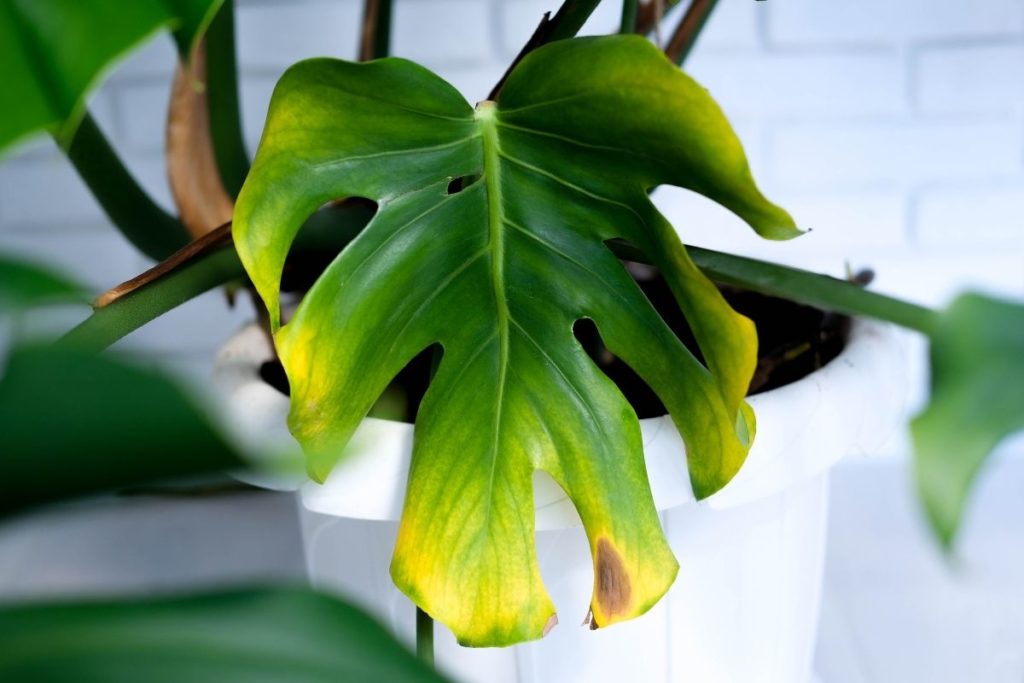
When you notice yellowing, browning, or drooping of the plant, you should inspect the soil to see if there is something causing one of the following symptoms:
- Yellow spots – Monstera plants are from the rainforest, so they like to stay well hydrated, but too much water can stress them out as much as too little. When the leaves start yellowing, check the soil moisture from the top down with a moisture probe or a stick to see if the soil is too wet. If your soil is holding too much water, which inhibits nutrient absorption, it may need to be doctored with sand, clay, or bark to help the water flow through. Make sure the Monstera’s pot drains as well.
- Brown spots – If your Monstera leaves are developing brown spots, it likely means the roots have developed root rot. Usually by the time root rot starts to show on the leaves, the roots are already damaged, but root rot has a bad smell, which you may notice before the spots appear. Root rot is due to overwatering, so check to be sure the water isn’t standing in the soil.
- Drooping – When your leaves are drooping, it’s usually caused by too little water. A well-hydrated plant stands up firmly, so you should check the soil moisture first. If it’s too dry, be sure to add moist organic matter, and not too many non-absorbent solids like bark and sand; there should be a good balance between well-draining and moisture-retaining. Drooping may also be caused by too little fertilizer or an unbalanced pH, so do a soil test if your plant’s dropping doesn’t seem to be caused by a lack of water.
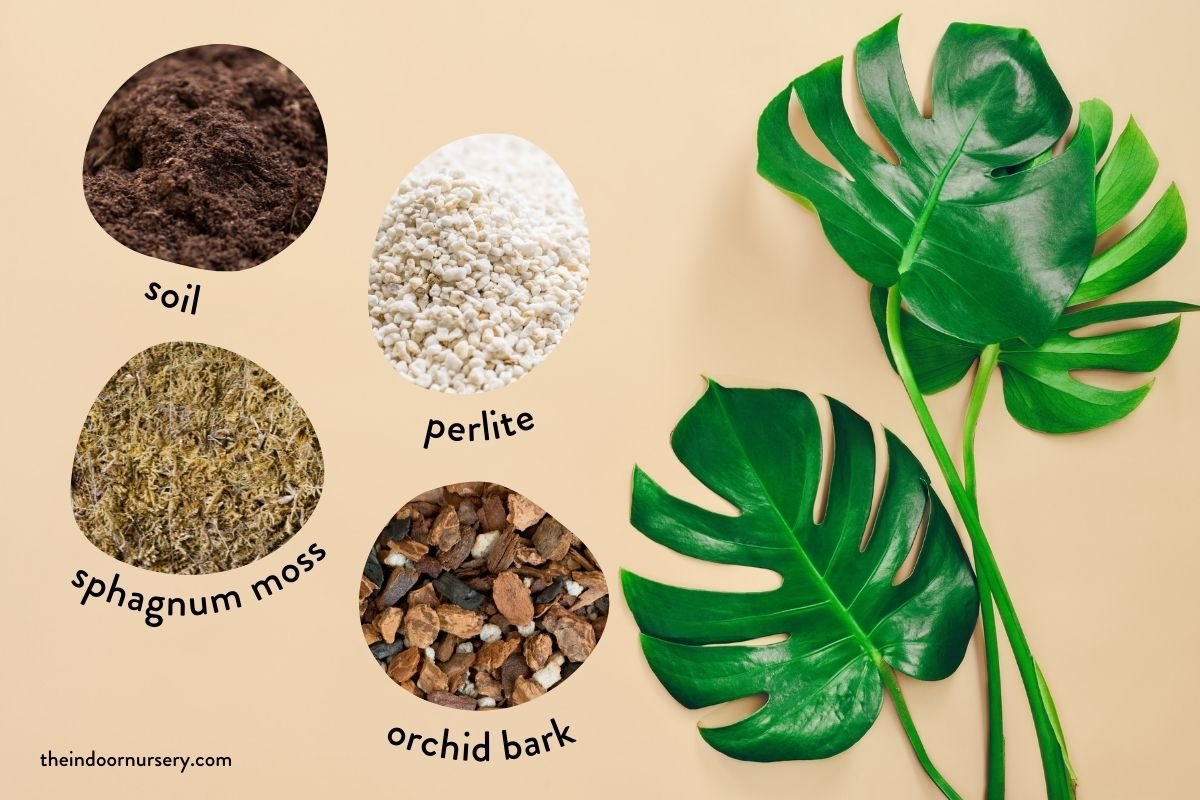
How to make the best soil for monstera plants
With lots of indirect light and the right Monstera soil mix recipe, your plant will stay happy with a once-weekly watering. If you want to make your own potting soil for your Monstera to make sure it drains well but remains moist and fertile, you can mix a few common potting materials to recreate the preferred soil conditions of your Monstera Deliciosa in a potting mix.
To make your own well-draining soil mix for your Monstera, you will need:
- Organic potting soil
- Perlite
- Orchid bark
- Sphagnum peat moss
- Indoor plant fertilizer
- Sand (optional)
- Leca (optional)
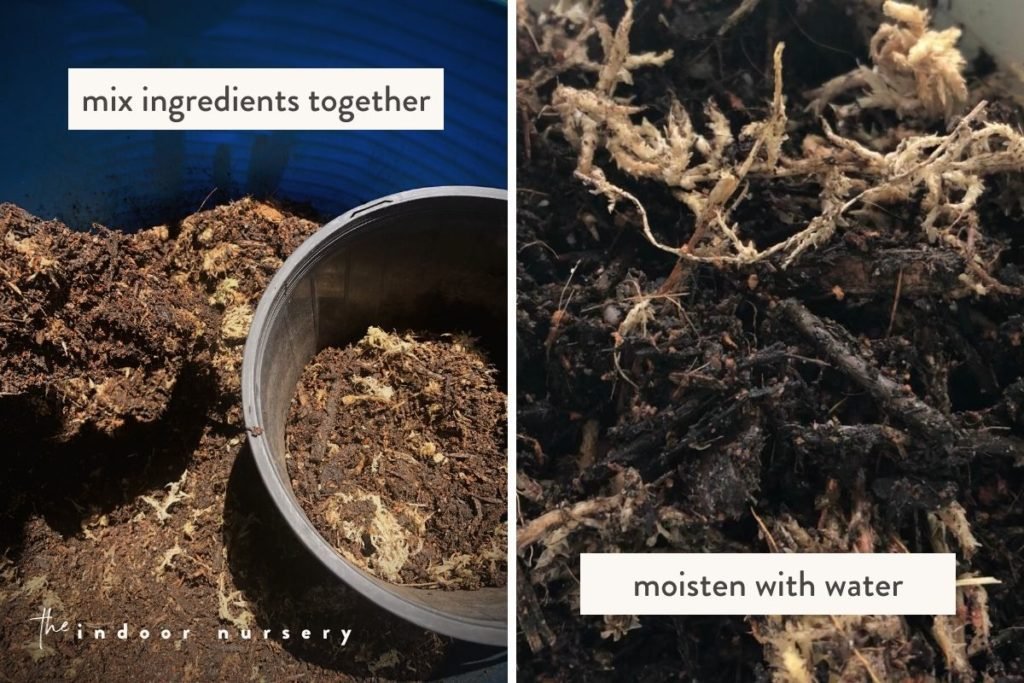
- Mix the regular potting soil with the perlite, in a 1:1 ratio, one handful of one for every handful of the other. The soil will hold some moisture and deliver nutrients to the plant, while the perlite, a type of volcanic glass stone, will help with drainage. Mix a few handfuls of these together to form the base of your Monstera’s soil mix.
- Since Monstera plants don’t like standing water, add a couple of handfuls of orchid bark or pine bark for large solids that will help the soil mix drain, which also provides more organic material for structure and eventual nutrients. These large solids will also give the soil good aeration.
- Sphagnum peat moss is used in many potting soils in a ground form, but adding a handful of the dried moss material gives the soil mix extra moisture holding capacity while also providing a source of nutrients as it slowly breaks down over the long term.
- Adding a little sand or some Leca pebbles can give a little extra help with the soil’s ability to drain in larger pots, and Leca, like the peat Sphagnum moss, will retain moisture without maintaining standing water. These solids will also help you avoid compacted soil.
- Applying fertilizer to your soil mix is an important way to keep your plant healthy. Monstera plants thrive in the nutrient dense rainforest topsoil, and you can recreate this by using fertilizers once or twice a month during the warm, bright growing months, and once every two months during cooler seasons. Even though the plant is indoors, the lower amount of sunlight will slow down its growth until the days get longer and brighter again.
Store bought monstera potting mix
If you don’t want to mix your own soil, there are products you can buy that meet the soil preferences of Monstera plants. The following products are formulated to be better draining than other potting soils, containing fibrous and nutrient-dense materials for healthy growth. These soils are all focused on good drainage, moisture retention, and nutrient delivery:
Premium Monstera Potting Soil
Tailored for Monstera Deliciosa and Swiss Cheese Plants, its standout feature is the “Quick Drain” blend, ensuring your plant doesn’t sit in waterlogged soil. Comprising a mix likely of peat, perlite, and perhaps some bark or sand, this soil is a game-changer for your indoor jungle. Invest in the best and watch your Monstera thrive! 🌿
Fox Farm Ocean Forest
The Ocean Forest potting blend has a soil pH range adjusted to 6.3 – 6.8, slightly acidic soil that your Monstera plant will love. This potent formula contains worm castings, sandy loam, and sphagnum peat moss, in addition to fish and crab meal (which can give the potting mix a strong odor, but the nutrients keep your Monstera big and green)
Noot Organic Indoor Plant Soilless Potting Mix
Noot potting mix is made especially for plants that like good drainage, like Monster, Orchid, and Fiddle Leaf Figs. It’s made with coconut husk, coco coir, and perlite, which keep the indoor plant’s roots well aerated with access to moisture.
THE CHONK. Chunky Soil-Less Potting Medium
This premium plant mix, carefully hand-mixed with wood bark, pumice, and Sphagnum peat moss promotes healthy root growth and prevents root rot. Perfect for all indoor plants, this small batch mix is designed to increase air access, avoid common soil issues, and can be used in soil or semi-hydro setups.
More About Monsteras
- How Often To Water Monstera Plants
- Monstera Adansonii Care Guide
- Monstera Deliciosa Care: How To Care Of Monstera Plants
- Save Your Overwatered Monstera In 4 Steps (And How Not To Do It Again)
- Scale On Monstera: What To Do And How To Save It
- Best Soil For Monstera Plants (DIY Recipe + Store-Bought Options)
- Best fertilizer for Monstera plants for gorgeous leaves
- Tags:
- Big Indoor Plants
- Soil

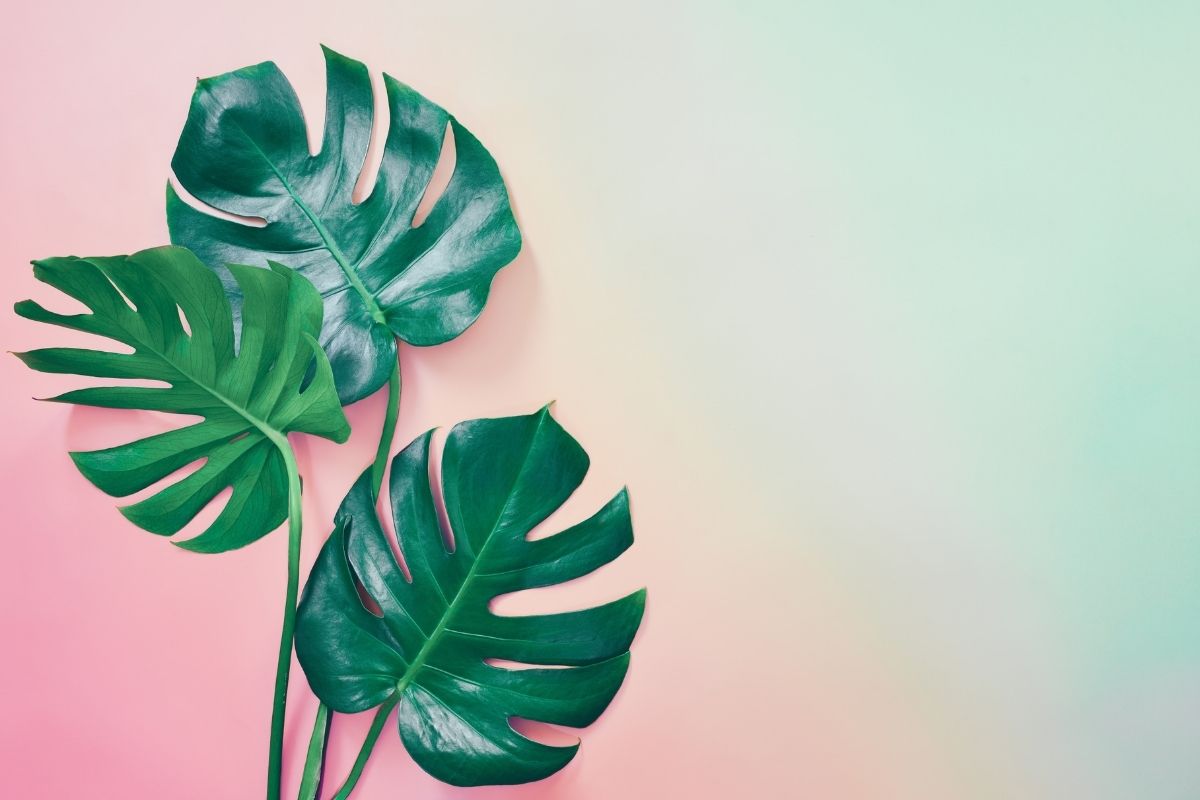
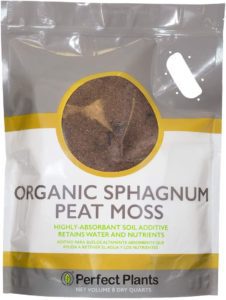
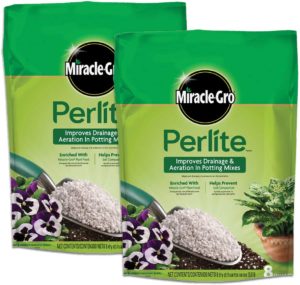
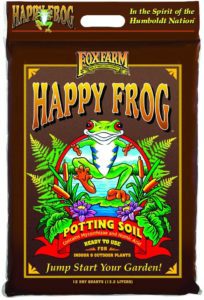
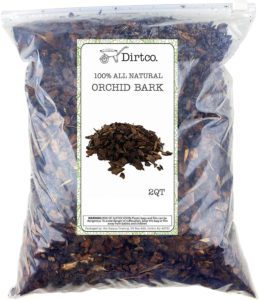
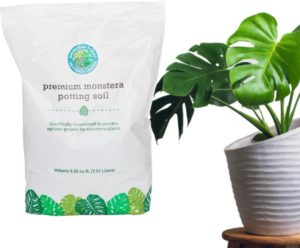
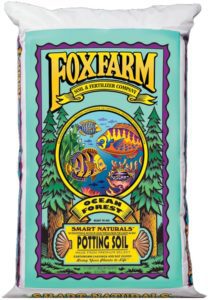
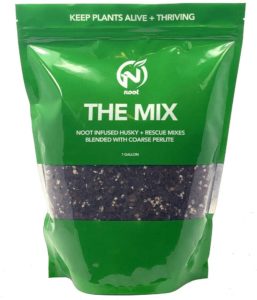
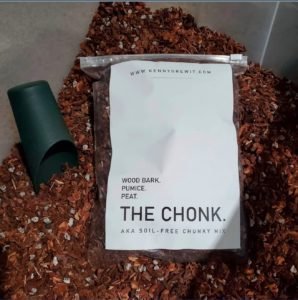
what do you think of adding worm castings to my potting soil for monstera plant
Hi, Bob! Yes, definitely add some worm castings. A handful every few weeks is a nice way to top up on nutrition, though pay attention to how your monstera responds. If it shows any signs of stress, then stop feeding it the castings. One handful in your fresh soil mix could be enough to last you a couple of months.
It would be good to switch moss to something else to avoid destroying peat land, a vital carbon storage source.
Hi, Ed! Thanks for reading 🙂 yeah, sourcing wild sphagnum would be detrimental to the environment. In fact, I’ve written a whole entire post about it! (https://theindoornursery.com/blog/the-problem-with-sphagnum-peat-moss-and-where-it-comes-from/) When you buy peat moss online, it’s very likely that it has been grown in a controlled environment rather than harvested from the wild, given all of the available information advising against it. If you do not want to use peat moss, anyway, then you can opt for other moisture-holding materials like coco coir 🙂